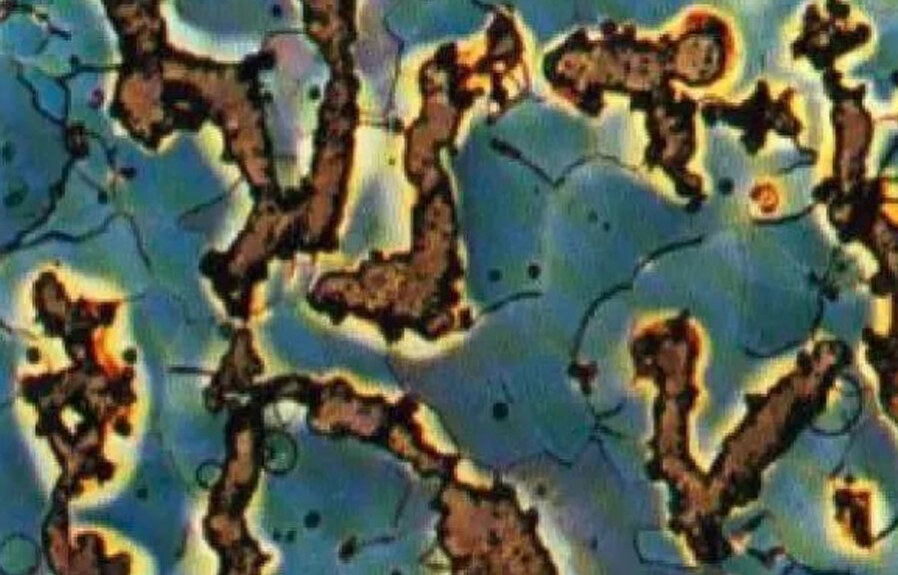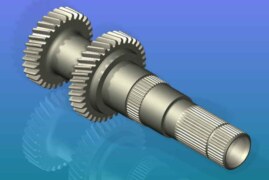There are still great differences between operating fdm3d printer and operating resin 3D printer. One is to use wound filament as consumables and the other is to use liquid resin as consumables. With FDM printer, I believe novices can quickly start printing useful objects, but with resin printer, it is not so easy. It needs a little skill in handling its support and post-processing of objects.
Today we will mainly talk about the advantages and disadvantages of resin 3D printer.
Compared with fdm3d printing, resin 3D printer has many significant advantages
- They produce high-quality products, especially smooth surface finish
- They can produce objects with very high resolution, which are suitable for small items such as jewelry
- They can use a variety of materials, including not only polymers, but also ceramics
- They usually take up very little space on the table or table
- They can produce thermosetting polymer objects with higher heat resistance
Disadvantages of resin 3D printing
1. The printed objects are weak.
Although resin 3D printing can have higher quality and resolution, they may be weaker than the equivalent parts produced on FDM system. This is partly due to the type of material, but also from the polymerization process. There is another effect: ultraviolet. This type of light is used to initially cure the resin to the desired geometry, but it is also used to cure parts after 3D printing. This is usually done in a separate UV chamber.
The problem is that if the 3D printing china unit is used outdoors, it will be exposed to more ultraviolet rays from the sun. This ultraviolet light will continue to solidify the object, which may cause problems. Poor quality resins can actually cause 3D prints to break after repeated UV irradiation. It’s like you cured too many objects.
2. Resin 3D printing support is complex
The freshly cured resin is still fragile and easy to bend. Therefore, when you print an object in 3D, it hangs on the construction board, bears the pressure of gravity, and peels a new layer from the bottom of the resin tank. These stresses can bend the print into unexpected geometry and even lead to complete failure of the print.
This means a lot of support. Although support materials can be generated automatically, in many resin slicing software systems, the automatically generated support is very poor. They may be too dense, causing surface quality problems, or too sparse, causing these problems. In many cases, the operator is forced to design a unique support structure for the object, sometimes requiring multiple iterations to make it correct.
3. The resin liquid smells bad (and toxic)
Resin 3D printing using a typical toxic liquid is a very troublesome thing. Most photopolymer resins have toxic chemicals used in the curing process. Polymerized objects are completely safe, but in liquid form, they may be toxic when exposed to skin or lungs. This toxicity usually appears after repeated exposure, so operating a resin 3D printer requires the operator to always use appropriate disposable gloves and goggles when handling.
The post-treatment step required for resin 3D printer is to wash off the remaining toxic liquid resin. This is usually done with alcohol, but some resins can be cleaned with ordinary water. It should be noted that alcohol is flammable and requires additional safety measures.
Our sales and engineering services are available at your convenience, whenever you need us. Whether it’s 11:00 pm on a Saturday night, or 7:00 am on Monday morning, it makes no difference to us. We’re always available to assist you with your order, or answer any questions you may have about our rapid prototyping and low volume manufacturing services.
- Tel: +86 (0)769-8288 6112
- Fax: +86 (0)769-8288 6112
- Email: [email protected]
- Spain web:https://cncmachining.es/
- Whatsapp No.: + 86 152 1709 1354
- Weichat No.: + 86 152 1709 1354
- Skype ID: +86 152 1709 1354
- Factory Address: Sifangyuan Industrial Park, Xinshapu, Huaide Community, Humen town, Dongguan City, Guangdong Province.


